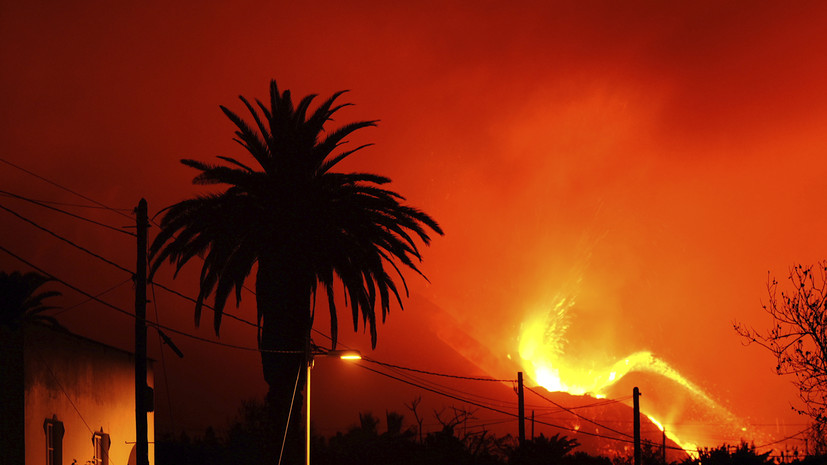In a video message posted on the CSIC Twitter account, the scientist noted that sediments began to emerge after the eruptions, which had been at the bottom of the sea long before the formation of the island.
“The volcano on the island of Palma continues to erupt violently, erupting to the surface oceanic sediments that were on the seabed even before the formation of the islands, 2 million years ago,” Soler said.
Last week, a new flow of lava from Cumbre Vieja led to new destruction: molten rock followed down to the western coast of the island and to the ocean shore, from where people were evacuated.
The volcanic eruption, which began on September 19, has already led to the destruction of more than 1.1 thousand buildings.
Over 400 hectares of the island's territory is covered with lava.

